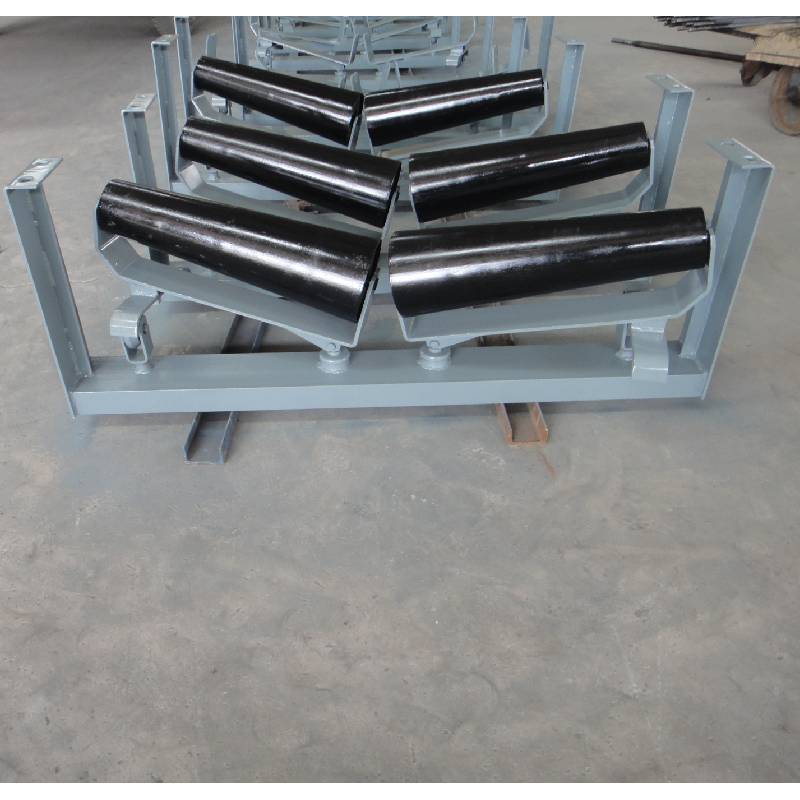 Afrikaans
Afrikaans  Albanian
Albanian  Amharic
Amharic  Arabic
Arabic  Armenian
Armenian  Azerbaijani
Azerbaijani  Basque
Basque  Belarusian
Belarusian  Bengali
Bengali  Bosnian
Bosnian  Bulgarian
Bulgarian  Catalan
Catalan  Cebuano
Cebuano  Corsican
Corsican  Croatian
Croatian  Czech
Czech  Danish
Danish  Dutch
Dutch  English
English  Esperanto
Esperanto  Estonian
Estonian  Finnish
Finnish  French
French  Frisian
Frisian  Galician
Galician  Georgian
Georgian  German
German  Greek
Greek  Gujarati
Gujarati  Haitian Creole
Haitian Creole  hausa
hausa  hawaiian
hawaiian  Hebrew
Hebrew  Hindi
Hindi  Miao
Miao  Hungarian
Hungarian  Icelandic
Icelandic  igbo
igbo  Indonesian
Indonesian  irish
irish  Italian
Italian  Japanese
Japanese  Javanese
Javanese  Kannada
Kannada  kazakh
kazakh  Khmer
Khmer  Rwandese
Rwandese  Korean
Korean  Kurdish
Kurdish  Kyrgyz
Kyrgyz  Lao
Lao  Latin
Latin  Latvian
Latvian  Lithuanian
Lithuanian  Luxembourgish
Luxembourgish  Macedonian
Macedonian  Malgashi
Malgashi  Malay
Malay  Malayalam
Malayalam  Maltese
Maltese  Maori
Maori  Marathi
Marathi  Mongolian
Mongolian  Myanmar
Myanmar  Nepali
Nepali  Norwegian
Norwegian  Norwegian
Norwegian  Occitan
Occitan  Pashto
Pashto  Persian
Persian  Polish
Polish  Portuguese
Portuguese  Punjabi
Punjabi  Romanian
Romanian  Russian
Russian  Samoan
Samoan  Scottish Gaelic
Scottish Gaelic  Serbian
Serbian  Sesotho
Sesotho  Shona
Shona  Sindhi
Sindhi  Sinhala
Sinhala  Slovak
Slovak  Slovenian
Slovenian  Somali
Somali  Spanish
Spanish  Sundanese
Sundanese  Swahili
Swahili  Swedish
Swedish  Tagalog
Tagalog  Tajik
Tajik  Tamil
Tamil  Tatar
Tatar  Telugu
Telugu  Thai
Thai  Turkish
Turkish  Turkmen
Turkmen  Ukrainian
Ukrainian  Urdu
Urdu  Uighur
Uighur  Uzbek
Uzbek  Vietnamese
Vietnamese  Welsh
Welsh  Bantu
Bantu  Yiddish
Yiddish  Yoruba
Yoruba  Zulu
Zulu troughing rolls
Understanding Troughing Rolls in Conveyor Systems
Troughing rolls are a fundamental component in the design and operation of conveyor systems, particularly in bulk material handling operations. These specialized rollers play a crucial role in ensuring efficiency, durability, and safety in various industries, including mining, agriculture, and logistics.
What are Troughing Rolls?
Troughing rolls are designed to support and shape the conveyor belt as it moves materials from one point to another. The name “troughing” refers to the rollers being positioned in a way that creates a trough-like shape, typically with three or more rollers forming the bottom and sides, which helps contain the material on the belt. This design is intrinsic to managing the transportation of materials effectively, minimizing spillage, and ensuring smooth movement.
Types of Troughing Rolls
There are several types of troughing rolls available, each catering to specific applications and material types. The most common configurations are the three-roll trough, which is standard for general applications, and the five-roll trough, which is often used for larger or heavier loads. The angle of the trough can vary as well, typically being set at 20, 30, or 45 degrees, depending on the material being transported and the conveyor’s operational requirements.
Benefits of Troughing Rolls
1. Material Containment The trough design keeps materials securely on the belt, reducing the risk of spillage and ensuring a cleaner workspace. This is particularly vital in industries where product loss can lead to significant economic ramifications.
2. Enhanced Stability Troughing rolls provide better support to the conveyor belt, enhancing its stability during operation. This is essential when transporting uneven loads, as it minimizes wear and tear on both the belt and the rollers themselves.
troughing rolls

3. Reduced Wear and Tear With the correct installation and maintenance, troughing rolls can minimize friction and wear on the conveyor system. This is critical for extending the lifespan of the belts and components, ultimately leading to lower maintenance costs.
4. Orientation and Alignment Troughing rolls help maintain the alignment of the belt as it moves, which is crucial for both safety and efficiency. Proper orientation prevents the belt from drifting off-course or becoming misaligned, which could result in operational disruptions.
5. Versatility Troughing rolls can be used in a wide range of applications, accommodating various materials, from grains to rocks to packaged goods. This versatility makes them a preferred choice across multiple industries.
Challenges and Considerations
While troughing rolls offer numerous advantages, certain challenges must be addressed. Overloading the conveyor can lead to premature failure of the rolls or the belt itself. Regular maintenance checks are essential to ensuring the system operates efficiently and to prevent potential downtime caused by mechanical failure.
Additionally, the choice of material for the troughing rolls must align with the specific type of material being transported. For instance, using rubberized or coated rollers can help reduce noise and provide additional grip for slippery materials.
Conclusion
Troughing rolls are an integral part of modern conveyor systems, facilitating the efficient and safe transport of bulk materials in various industries. Their design not only aids in material containment and stabilization but also enhances the overall productivity of operations. Understanding the importance of troughing rolls and their appropriate application can significantly improve the reliability and efficiency of conveyor systems, thereby contributing to the success of industrial operations. As industries continue to evolve, the role of troughing rolls will remain pivotal, adapting to new material handling challenges and advancements in technology.
-
Taper Centering Idler Set for Conveyor SystemsNewsJun.25,2025
-
Small Idler Rollers for Industrial ConveyorsNewsJun.25,2025
-
Guide Training Idler Set for Conveyor MaintenanceNewsJun.25,2025
-
Friction Offset Idler Set for Industrial UseNewsJun.25,2025
-
Double-Center-Roller Idler AlignmentNewsJun.25,2025
-
Channel Inset Impact Troughing Idler Set for Heavy LoadsNewsJun.25,2025





























